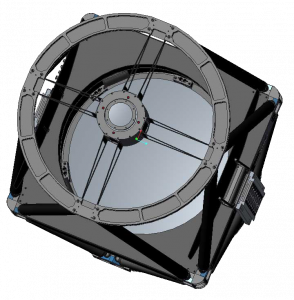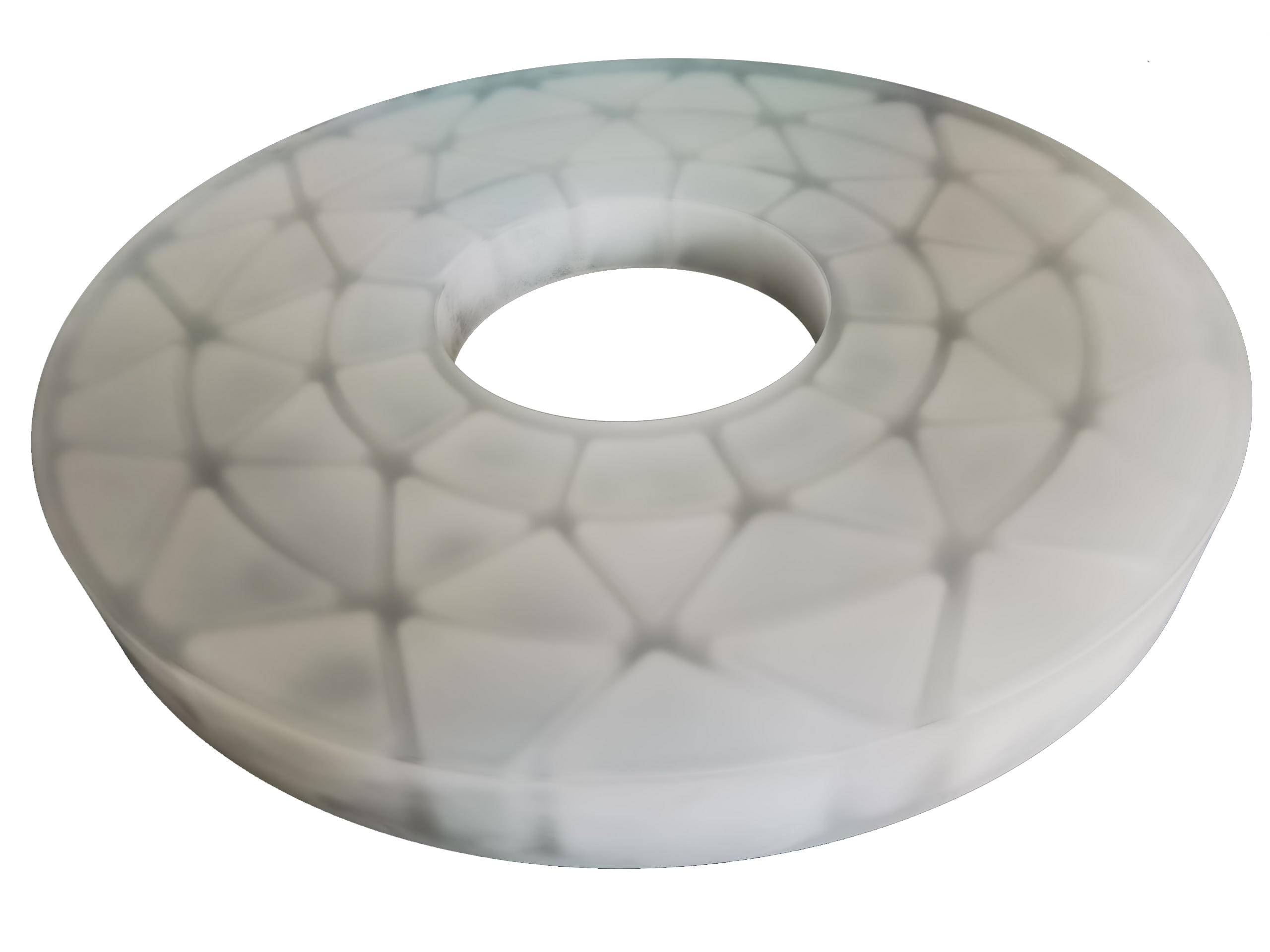TI 65: THE PROFESSIONAL ASTROGRAPH
The TI 65 Astrograph range include four models to match every needs of modern research.
- TI 65 f/2.6 WPF- 1690 mm of focal length for extremely fast optics. It is based on a direct PRIME focus parabolic primary mirror with a 6.5″ Wynne corrector with 82 mm of back-focus. It offers highest productivity per night, great advantage for super-nova search, surveys, asteroids, and other fields of modern astronomy.
- TI 65 f/3.5 – 2275 mm of focal length for very wide corrected field and very fast optics. A killer for astroimaging setup.
- TI 65 f/4.7 – 3050 mm of focal length suitable for general use while maintaining an excellent focal ratio that allows reduced exposure times with respect RC and CDK system.
- TI 65 f/6.2 – 4030 mm of focal length for deeper sky objects when excellent seeing condition allows the maximum resolution
The TI 65 f/3.5 and f/4.7 are based on a Modified Harmer-Wynne optical configuration.
Now also the TI 65 f/6.2 is based on a Modified Harmer-Wynne optical configuration with all its advantages.
Each TI65 model use a special designed and FEM optimized lightweighted QUARTZ mirrors. Both primary and secondary mirror are made using fine Quartz material that perform near to zero CTE.
Our FEM optimized lightweighted mirrors allows for TI65 models a glass weight saving of about 25 kg. It brings high advantage both in terms of thermalization time and in terms of holding structure masses. All this lets less deformation on structures and on mirrors itself and less weight and moment of inertia on your mount.
TI 65 – 2.6
Aperture: 650 mm
Focal length: 1690 mm – f/2,6
The fastest in its class
TI 65 – 3.5
Aperture: 650 mm
Focal length: 2275 mm – f/3,5
The optimal Astrograph
TI 65 – 4.7
Aperture: 650 mm
Focal Length: 3050 mm – f/4,7
All-around Astrograph
TI 65 – 6.2
Aperture: 650 mm
Focal length: 4030 mm – f/6,2
The deepsky Astrograph
TI 65 THE MOST IMPORTANT FEATURES:
- Effective optical aperture: 650 mm – Awesome optical performances for each model
- High-End Lightweight Borofloat Schott mirrors
- Extreme lightness – it allow a OTA weight around 80 kg that permits a 100 kg class commercial mount to be used
- Extreme stiffness and thermal stability (thanks to extensive use of carbon fiber and carbon fiber sandwich)
- Easy collimation
- Built in integrated secondary mirror (Wynne corrector for WPF model) high precision electronic focuser (ASCOM Alpaca compliant)
- Built in integrated TI110 mm electronic field rotator (ASCOM Alpaca compliant) – Not avaliable for TI65 WPF 2.6
- Built in electronic control boards and proprietary software for a full WI-FI control of the telescope
- Automated dust cover (ASCOM Alpaca compliant)
- Extreme modern Italian design
| TI 65 ASTROGRAPH TECHNICAL DATA | TI 65 WPF 2.6 | TI65 3.5 | TI 65 4.7 | TI 65 6.2 |
|---|---|---|---|---|
| Overall Dimensions (mm) | 1800 x 850 x 850 | 1340 x 850 x 850 | 1590 x 850 x 850 | 1570 x 850 x 850 |
| Weight (kg) | 82 | 86 | 86 | 84 |
| Focal length (mm) | 1690 | 2275 | 3050 | 4030 |
| Optical Configuration | 164 mm Wynne Prime Focus | Modified Harmer-Wynne | Modified Harmer-Wynne | Corrected Cassegrain |
| Parabolic Primary Mirror | ||||
| Diameter (mm) | 660 | |||
| Thickness (mm) | 90 | |||
| Effective optical aperture (mm) | 650 | |||
| Material | High-End Lightweight Quartz | |||
| Coating | Alum. Enanced >94% | |||
| Secondary Mirror | ||||
| Diameter (mm) | - | 344 | 320 | 270 |
| Thickness (mm) | - | 40 | 40 | 35 |
| Shape | - | Spheric | Spheric | Hyperbolic |
| Material | - | High-End Lightweight Quartz | ||
| Coating | - | Alum. Enanced >94% | ||
| Corrector | ||||
| Type | 3-Lenses ED | 3-Lenses ED | 3-Lenses ED | 2-Lenses |
| Corrector lens diameter (mm) | 164 | 162 | 162 | 120 |
| Coating | Multy layers 400-900 nm | |||
| Real Diffraction Limited field diameter (mm) (considering Polychromatic 400/700 nm) | 51 | 72 | >100 | 68 |
| Effective Obstruction (of the secondary baffle) (%) | 30,8% | 54,8% | 50,7% | 43,1% |
| Light incoming (% of aperture area) | 90,2% | 79,8% | 73,9% | 81,2% |
| Back Focus from rear flange (mm) | 82 | 195 | 220 | 225 |
| Loss of light (vignetting) @ 26 mm from axis (%) | 6,5% | 1,7% | 1,1% | 1,0% |
| Loss of light (vignetting) @ 30 mm from axis (%) | 12,5% | 4,0% | 3,9% | 1,8% |
| Spot Diagram RMS Diameter @ 26 mm from axis - Poly 400-700 nm (micron) | 3,76 | 2,66 | 2,12 | 3,84 |
| Spot Diagram RMS Diameter @ 30 mm from axis - Poly 400-700 nm (micron) | 6,58 | 2,96 | 2,33 | 4,68 |



